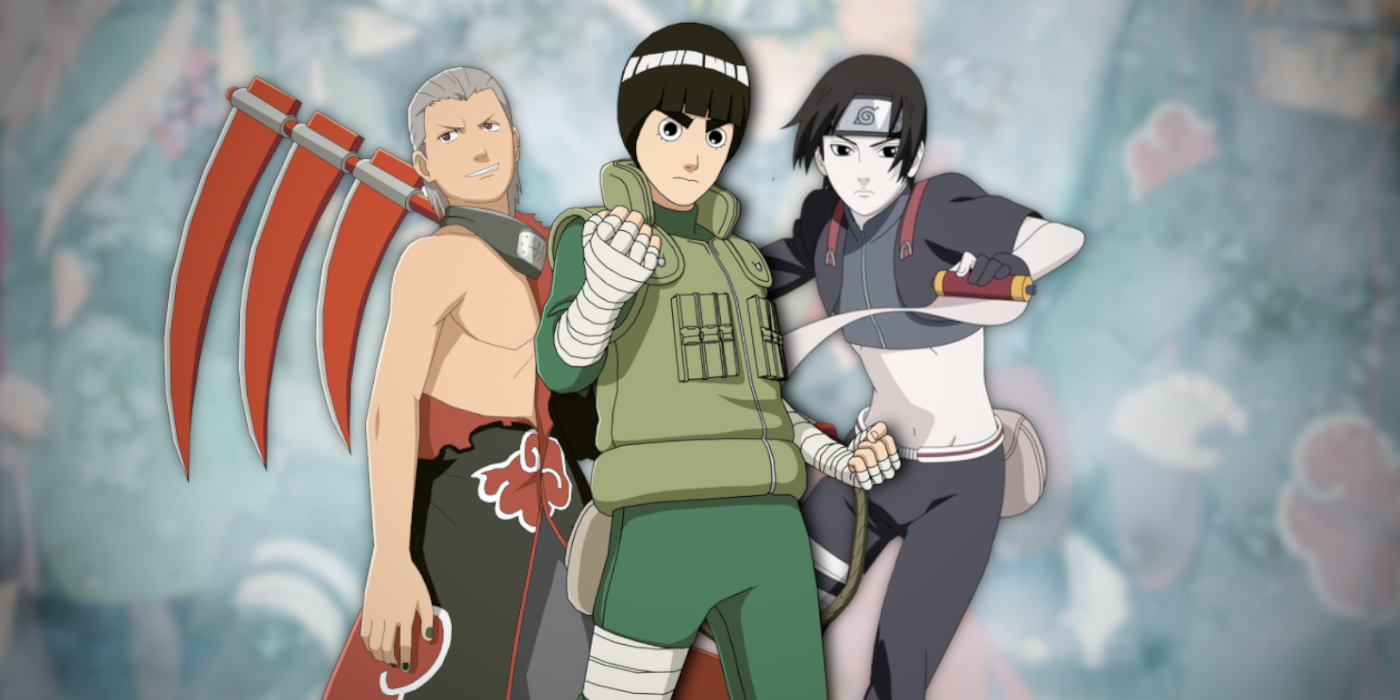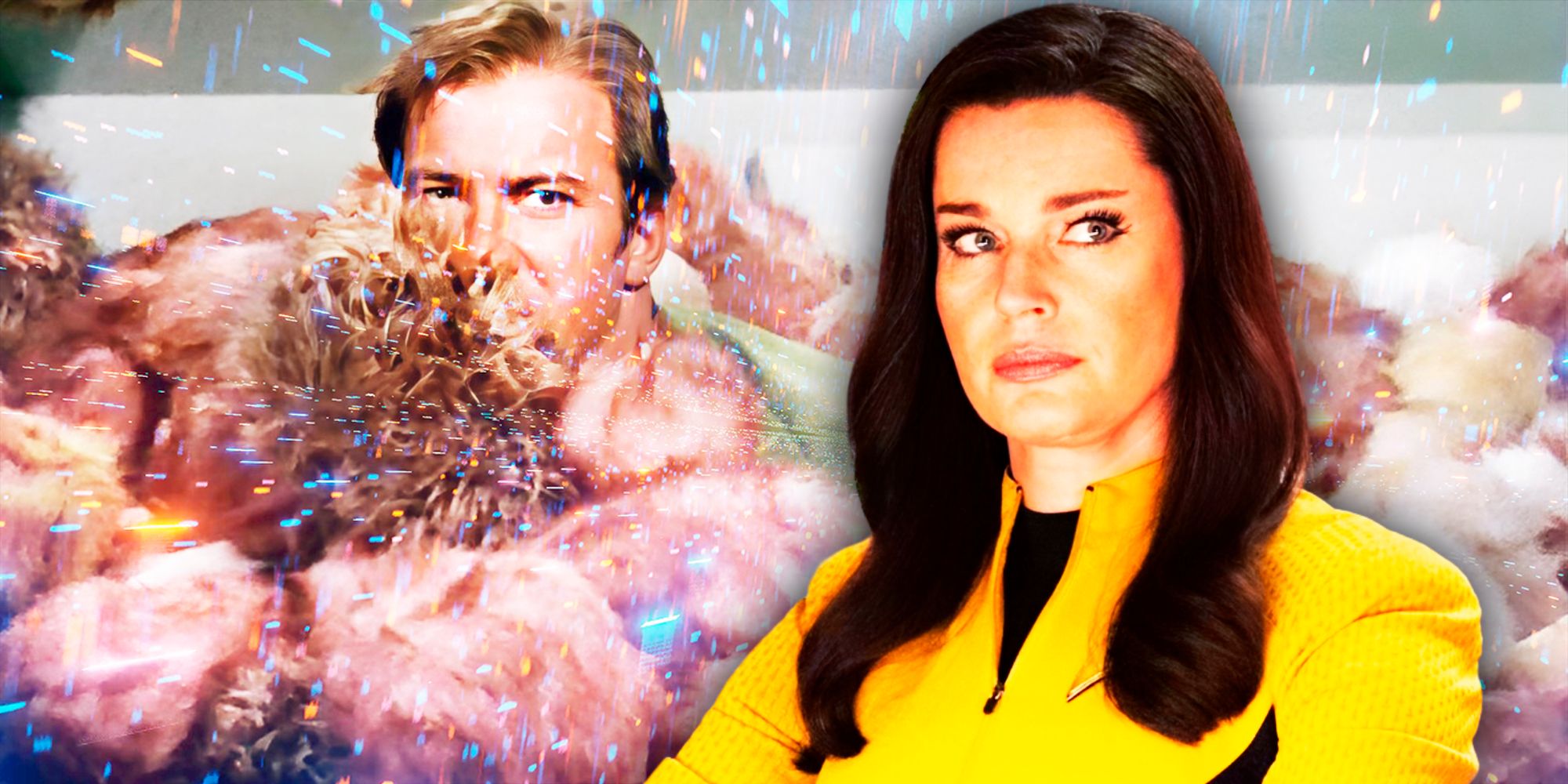SPOILER ALERT: This article contains mild spoilers about “Nosferatu,” now playing in theaters.
Robert Eggers‘ fourth film — “Nosferatu,” in theaters today via Focus Features — is a bold, starry reimagining of F. W. Murnau’s 1922 masterful silent film of the same name. Lily-Rose Depp and Bill Skarsgård star as the gorgeous Ellen Hutter and grotesque vampire Count Orlok, respectively, alongside Nicholas Hoult, Aaron Taylor-Johnson, Emma Corrin and Eggers regulars Willem Dafoe and Ralph Ineson. The gorgeous and sinister tale builds on the dark historical lore of Eggers’ previous films — 2015’s “The Witch,” 2019’s “The Lighthouse” and 2022’s “The Northman” — and infuses it with drama, desire and an electric erotic undercurrent. Eggers, as funny and self-deprecating in conversation as his films are dark, spoke with Variety about creating a new vision of a film that has influenced him since childhood, his unique partnership with director Chris Columbus and the viral “Nosferatu” merch.
Why do you think the original film struck you from such a young age?
I was already into vampires and I’d seen the Bela Lugosi movie a few times, and I would be Dracula for Halloween. But “Nosferatu”… In the new versions that have been recently restored, you can see the bald cap on Max Schreck and the grease paint that makes his eyebrows. On the VHS I had when I was a kid, it was made from a degraded 16mm print and you couldn’t see any of that stuff, and he was a real vampire somehow. Because the thing was so degraded, it felt like an unearthed archive of the past, and the atmosphere seemed more haunting. To use a word that I seem to be obsessed with, it was “authentic.”
You wrote a full novella to help you prepare for making the movie. Is that something that would ever see the light of day?
It’s written quite poorly because I’m not a novelist. Some of my screenplays aren’t so bad if you’re into reading them. But the screenplay is an unfinished thing to get you to make the film. The novella was also very much a tool to get me to write the screenplay. So no, it sucks.
You’ve said you’re grateful that it took you 10 years to get this film off the ground so that you could direct it at a point in your career where you can tell the story the way you wanted. What do you think you were able to accomplish now in your directorial career that you might not have been able to pull off in your younger days?
It’s the accumulation of knowledge that helps me get my imagination onto the screen with more specificity. I’ve only made four movies and it’s not such an illustrious career. But I had more control: It was a story and, frankly, an IP and budget that made it so Focus Features was able to give me an incredible amount of creative freedom, and also unparalleled support. So I was put in the incredibly fortunate situation of being able to just make the movie I wanted.
Was there a specific moment when you knew Lily-Rose could nail the role of Ellen?
I’d met with her because I’d seen some work that she’d done that I thought was quite strong, but she had never carried a film. But as soon as I met with her, I was pretty certain she could do the job because she understood the character. I said to her, “I would like to cast you in this role, but you need to audition anyway. So like let’s make sure you nail the audition.” So we prepped a bit for the audition, but she knew what she was doing. She had to do two difficult scenes: The monologue about death at the wedding, and then she had to do some of that big crazy scene at the end of the confrontation with her husband. But it was so untrained — the same kind of raw ferocity that the performance in that scene has in the film she brought to the audition, and it was just undeniable how powerful she was going to be. I can talk about how great Lily is all day, but when I’m auditioning actors, I want to see people making strong choices and going for it. The movies I’m making demand a lot, so I want to see that you’re hungry enough to go for it.
When did you realize that Orlok’s look would include a prominent mustache?
So to try to make a more scary vampire than we’ve had in quite some time, I went back to the folklore. It’s something that I like anyway, but the early folk vampire was written about by people who believed that vampires existed. There was going to be some good stuff there, and the vampire of folklore is a putrid walking undead corpse. And so the question then became, “What does a dead Transylvanian nobleman look like?” That means this complex Hungarian costume with very long sleeves, strange high-heeled shoes and a furry hat. It also means a mustache. No matter what, there’s no way this guy can’t have a mustache. Try to find a Transylvanian person who’s of age who can grow a mustache that doesn’t have a mustache. It’s part of the culture. If you don’t want to bother Googling, think of Vlad the Impaler. Even Bram Stoker had the sense to give Dracula a mustache in the book.
Another visual question: When did the striking final image of the film, with Orlok and Ellen locked in an eternal embrace, come to you as a way to close the story?
Even as I was struggling to figure out the blocking Orlok’s demise, that final shot was always going to be the final shot. It’s nice to have our own version of the “Death and the Maiden” motif. I think it looks pretty nice.
[Thinks to himself, laughs.] No, that’s a little too demented.
I can do demented!
Well, if you look very closely at that shot, Orlok is still bleeding out of his eyes, ears and nose. There are some maggot holes in his back. We also rigged it so that he would be bleeding out of his anus, but it was very comical. When we started rolling, we had to literally put a cork in it.
Is there something that you learned about filmmaking while making this movie that stuck with you?
If you work with thousands of rats, it’s going to be a very smelly situation. As intelligent as they are, they are also incontinent.
Did you learn anything about yourself while making this movie?
One of the coolest things was that the creative producer was Chris Columbus. Obviously, we seem like a strange match. But having one of the masters of orthodox Hollywood storytelling at my side, by the monitor every single day, was so immensely helpful. We make such different films and he was not trying to Chris Columbus-ify “Nosferatu” — he was trying to make this the best Robert Eggers movie it could be. But his thinking would be an antidote at times to me and my cinematographer Jarin Blaschke’s arty-farty inclinations. He was a good safety net to say, “Are you telling the story as clearly as possible at this moment?” Most of that kind of conversation happened in prep when he was looking at the storyboards. If I had it my way, Chris would produce all of my films. Unfortunately, he’s also a director so he has to direct his own movies [laughs]. But if there’s ever a situation where I don’t have him, Chris’s voice is going to speak loudly to help me check myself.
How did that collaboration come about?
When I was finishing “The Witch,” we ran out of money. We’re doing post-production with Monopoly money, and Chris and his daughter Eleanor’s company Maiden Voyage was initially set up to help out first- and second-time filmmakers. Eleanor was a fan of the script of “The Witch” and wanted to potentially make the movie. But Chris wasn’t really into it initially, but when they saw a cut of the movie, he changed his mind. And so they helped finish the film, and that’s when I first met Chris, and he’s been a mentor ever since.

The film threads in some very erotic scenes while telling its story. How did you decide the role you wanted sexuality to play, as in how much you wanted to depict on screen versus leaving it to the imagination?
One of the biggest cinematic influences on this film is Jack Clayon’s “The Innocents,” in which all of this sexual stuff is left to the imagination. And it just burns in your imagination. It’s so powerful, but I’ve seen versions of “The Turn of the Screw” where they do the sexuality explicitly and it really doesn’t work. So certainly we were taking a chance in bringing that stuff to the forefront. But I think part of what perhaps makes it work the way that it does is that the story is told entirely through the eyes of Ellen, the female protagonist. That is going to allow for greater potential for emotional and psychological complexity because you’re centering around this woman who’s a somnambulist.
Sleepwalkers in the 19th century were thought to have one foot in another realm and an understanding of darkness. She has this understanding of this other world, and this other way of thinking that she doesn’t have language for, so she’s isolated. But the pull to it is very strong, and so people consider her melancholic and hysterical, and we can see her fighting within herself. I think having it stem from the realities of a woman who’s a victim of 19th-century society is something that makes it hopefully work. I think also maybe that the vampire is physically repulsive adds another layer where you have the eroticism mixed with the repulsion in a very clear way.
Some of the official merch inspired by the film has caught the attention of the internet, including a popcorn bucket shaped like a coffin and a $20,000 life-sized sarcophagus bed. Were you in any discussions about this “Nosferatu” gear?
Anything that sucks, I’ve said, “Please don’t.” I’m not coming up with the ideas, but I think they’re fun.
Are you the owner of a sarcophagus bed?
I can’t afford one! [Laughs]
Looking ahead, what can you reveal about any upcoming projects?
I’ve written a lot of scripts, I’m writing a couple of scripts. Some things are bigger, some things are smaller. There’s an appeal in working out all these different scales to tell different kinds of stories. Sadly, I don’t have a very large imagination and I keep being attracted to the same kinds of themes and tropes. They’re all Robert Eggers-y, for better or for worse.
So you couldn’t see yourself doing something like a broad modern comedy or something else off-base?
I mean, look: Aside from the fact that it wouldn’t appeal to me, why the fuck would you want me to do that? There are things that I have skills in, so I should probably embrace those and continue to get better at them. Obviously you want to stretch yourself, but like I don’t want to do something I have no business doing.
Is there any movement on the Rasputin miniseries that was teased a while back?
I don’t think I’ll be on location in Russia anytime soon, unfortunately.
You’ve been so busy finishing “Nosferatu,” but have you had a chance to see any horror this year, and if so, what did you enjoy?
I really like “The Substance.” It had a very consistent, clear, specific vision and was very well-executed. As a filmmaker, you can’t help but admire that and champion it.










 English (US) ·
English (US) ·